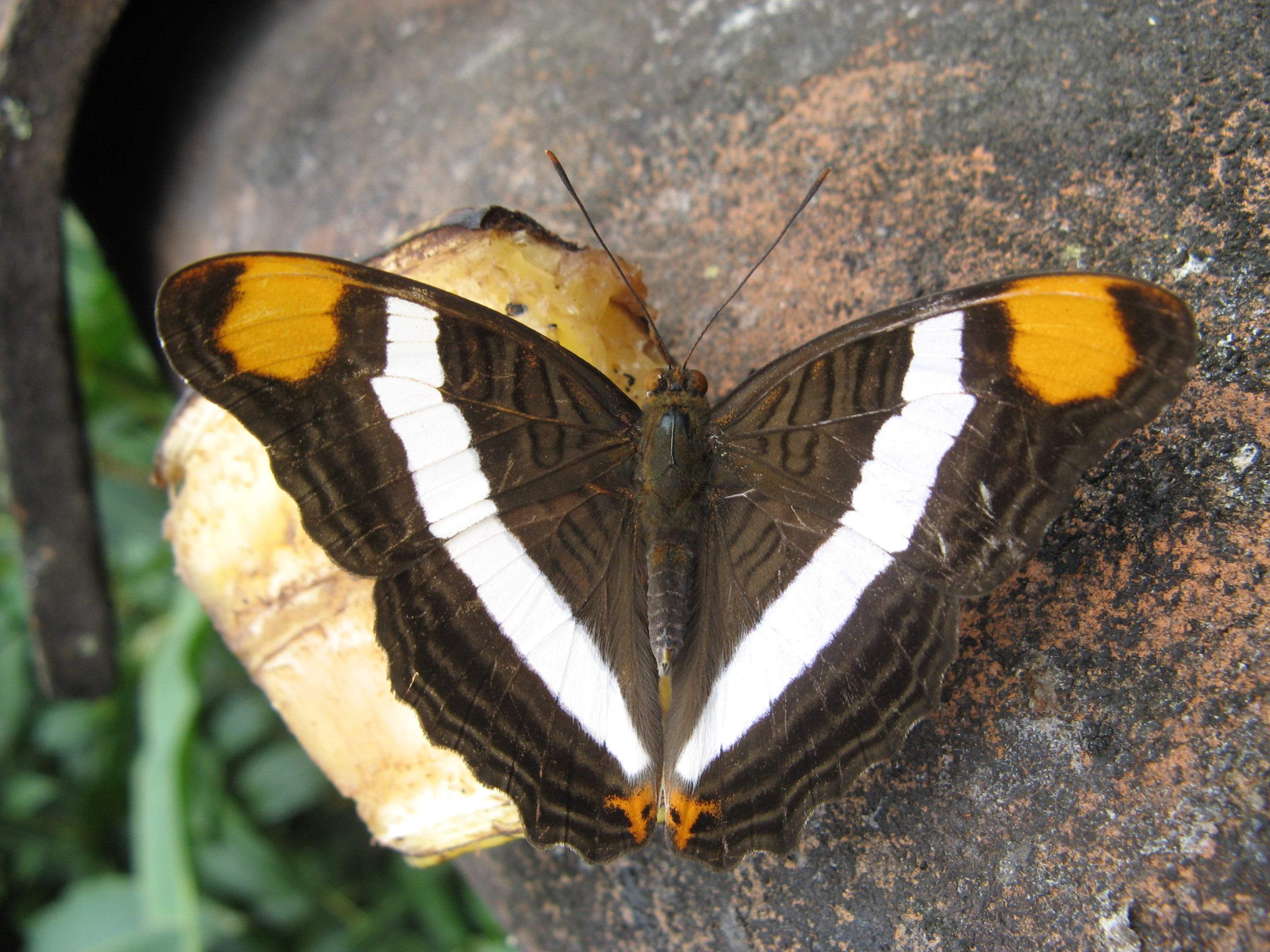
Pseudacraea lucretia (Pseudacraea lucretia)
Phylum — arthropoda
Class — insecta
Order — lepidoptera
Family — nymphalidae
Genus – pseudacraea
Appearance
The caterpillars are green or ochreous with broad brown stripes on the sides of the body and long branching spines.
The wingspan is 60–72 mm for males and 65–68 mm for females.
Males have black wings and females have dark brown ones with large white, orange or yellow spots. The wing margin is edged with elongated small white spots. The underside is more faded. There is an orange patch at the base of the wings, dotted with black dots. The coloration differs in different subspecies.
Habitat
It is found in Africa.
Behavior
Pseudacraea lucretia demonstrates daily activity. Butterflies prefer to stay high in the canopy of trees. The flight is fast and powerful. Males are often found on wet ground, where they absorb moisture with minerals.
Adults are on wing year round, with a peak from January to July.
Diet
The larvae feed on Mimusops obovata, Mimusops zeheri, Mimusops caffra, Englerophytum magalismontanum, E. natalense and Chrysophyllum viridifolium.
Reproduction
For their reproduction you need a terrarium with a size of 70 x 70 x 90 cm. Females lay eggs one at a time on the surface of the leaf. Eggs are light yellow. The incubation period is 5-6 days. It is better to keep the caterpillars in terrariums for 6-8 insects. In the terrarium, you need to put a pot with a forage plant. The temperature is 22-25 oC at the humidity of 70-80%. The caterpillar develops a little less than a month. The pupa is green. The pupa stage lasts 18-23 days.
In captivity
The mesh terrarium with a size of 50 × 50 × 70 mm is suitable for keeping butterflies. Room temperature is necessary. Daylight time is 12 hours. You can feed the butterflies with honey syrup diluted with boiled water in a ratio of 1: 10.
 Russian
Russian
 English
English























